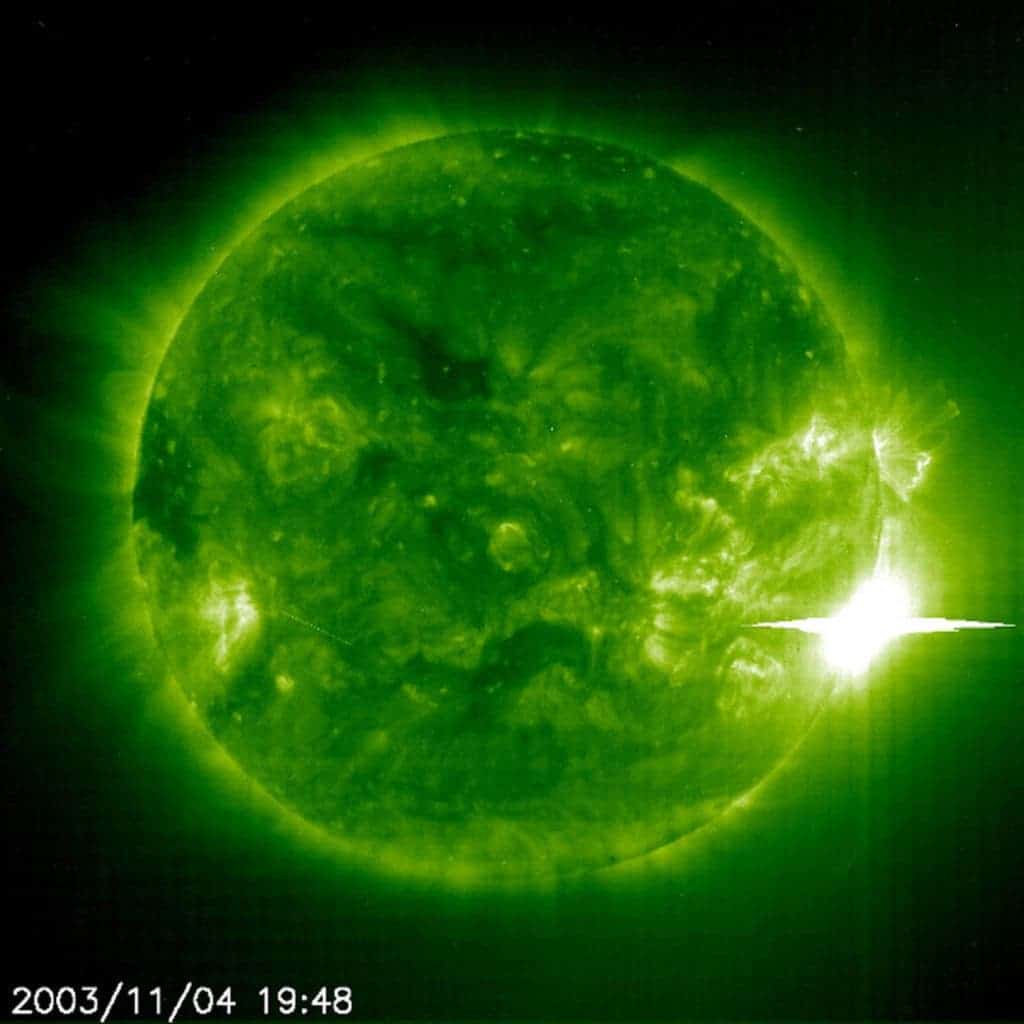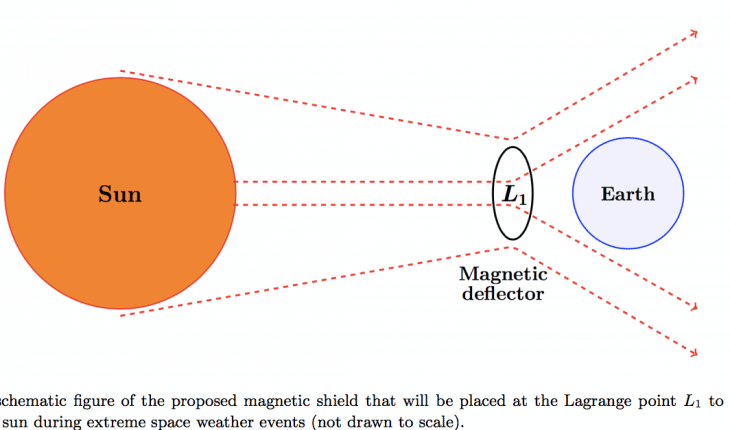As far as extraterrestrial threats go, most of our attention is directed towards asteroids or even aliens. While the last cataclysmic asteroid impact occurred tens of millions of years ago, extremely powerful solar flares hit Earth far more often. The last time it happened was about 150 years ago but the damage was minimal since the world was barely electrified. Solar flares aren’t a threat to life on Earth directly, but hugely energetic particles that interact with the atmosphere and magnetic field could fry much of our electrical infrastructure. A new paper suggests the next one is due in the next hundred years.

Without power and means of communicating, civilization could plunge into chaos. By the time people get organized to plug the holes in our infrastructure, runaway anarchy could make it extremely difficult to return to the previous status quo. The sun, usually ‘the friend’ without whom life on Earth wouldn’t be possible, could one day turn into our biggest threat. That’s what Avi Loeb and Manasvi Lingham, both at Harvard University, seem to think.
“We propose that the most powerful superflares can serve as plausible drivers of extinction events, and that their periodicity corresponds to certain patterns in the terrestrial fossil diversity record,” the authors wrote in The Astrophysical Journal.
When the sun gets overly excited
The two recently published a paper where they crunched the numbers to see what the risks life on habitable planets faces from superflares. Solar flares are powerful bursts of radiation that emanate from so-called hotspots on the surface of the sun. They are seen as bright areas on the sun and they can last from minutes to hours. Solare flares happen all the time but their intensity can vary wildly, depending on where the sun’s cycle dial sits at a certain moment. Harmful radiation from a flare cannot pass through Earth’s atmosphere to physically affect humans on the ground, however — when intense enough — they can disturb the atmosphere in the layer where GPS and communications signals travel.
For instance, the 1859 Carrington flare crashed telegraph systems around the world, with some operators reporting they had been electrocuted. At least it was pretty. Skies all over planet Earth were painted in red, green, and purple auroras so brilliant that newspapers could be read as easily as in daylight. The stunning auroras pulsated even at near tropical latitudes over Cuba, the Bahamas, Jamaica, El Salvador, and Hawaii.
“Back then, there was not very much technology so the damage was not very significant, but if it happened in the modern world, the damage could be trillions of dollars,” says Loeb. “A flare like that today could shut down all the power grids, all the computers, all the cooling systems on nuclear reactors. A lot of things could go bad.”
According to Loeb and Lingam, if a solar flare of the same magnitude as the one in 1859 fired today at Earth, it would cause $10 trillion of damage to ‘power grids, satellites, and communications’. The very worst monster solar flares can fire bursts of charged particles so powerful it can destroy the ozone layer or cause DNA mutations. Such extreme events can occur on a star like the Sun about every 20 million years, the scientists reported. Far less intense but still dangerous ones, however, are far more frequent. For instance, there’s a 12 percent chance an event similar to the Carrington flare will happen in the next decade. Previous research suggests that within a hundred years, such an event is likely to happen.

Given the potential economic and social consequences, we ought to prepare, some scientists stress. A potentially viable solution is deploying a space-shield that would cost some $100 billion by an estimate. The shield would consist of a 100,000 tons copper coil with a terawatt of energy, placed at a Lagrange point, which are like parking spots in space. Finding funding for such a planetary-sized project could prove difficult, to say the least. In the meantime, we should at least invest more resources and energy into learning more about how superflares work in the hope that we’ll one day outwit them.


